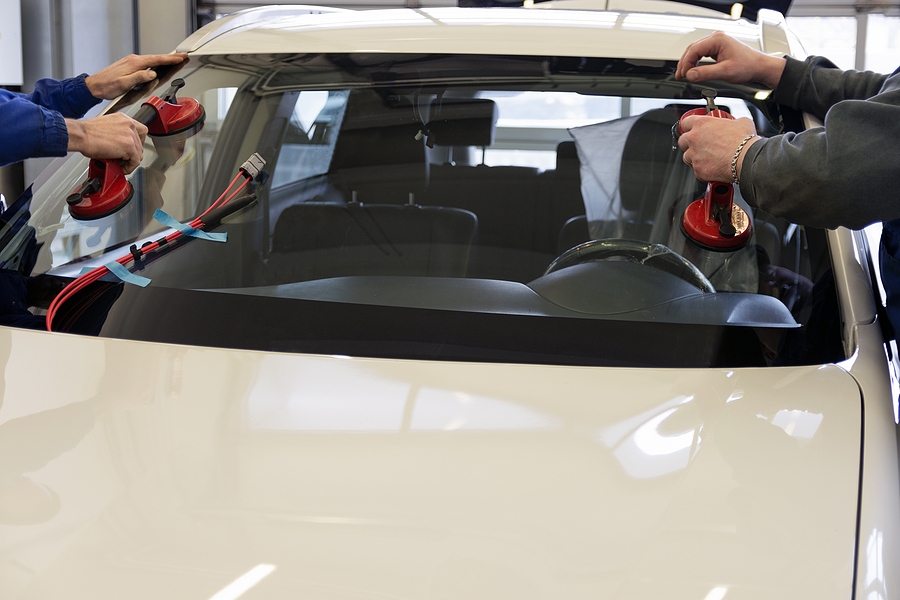There are a lot of things you can do to make sure you’re prepared to drive a vehicle. You can take a driver’s test online before going in and taking the test to get your license. When you do have your license and you’re preparing to drive a new car, you should always make sure you know where everything is located. That way, you aren’t struggling to get the windshield wipers going when it’s pouring rain.
It’s not just you and your behaviors you have to think about. You should also think about the safety of your car too!
It’s important to make sure your car is road-ready. Here are five tips to make sure that’s the case.
Take Your Car in for Regular Maintenance
It is extremely important to take your car in for regular maintenance. That means scheduling an oil change when it’s time, but a car maintenance schedule includes a lot more than just oil changes.
A few other things you’ll need to have done to your car include:
- Changing the air filter every 15,000 to 30,000 miles
- Replacing your fuel filter starting at 30,000 miles
- Replacing brake fluid every 20,000 to 45,000 miles
- Replacing or grinding your rotors every 60,000 miles
- Switching out the timing belt between 75,000 and 90,000 miles
Keeping track of everything your vehicle needs can be difficult. Find a mechanic you trust who can keep track of your maintenance schedule for you.
Check Your Tires Often
Everything in your vehicle affects your safety, but few things are more responsible for the quality and safety of your ride than your tires. That’s why it’s important to check them often and get proper alignment of your tires.
Check your tires frequently to make sure they contain enough air. Too little air and your gas mileage can suffer. If there’s too much air in your tires, you could experience a blowout.
You should also check your tires for wear. Look for things that may be embedded in your tires, look for worn edges on the sidewalls, and inspect the treads to ensure you have traction on the road. If anything looks a little off, have them inspected.
Install a Rearview Backup Camera
There’s no denying rearview cameras are convenient, but they also save lives. Tens of thousands of people are injured or killed due to vehicles backing up each year, but that number is drastically reduced with the addition of backup cameras in a car. That’s why backup cameras are mandatory in all new vehicles sold after 2018.
What about older cars on the road? Many cars don’t contain backup cameras, but they can make your drive a lot safer for you and those around you. Avoid having to buy a brand-new vehicle and install a rearview backup camera in your existing vehicle instead.
Create a Car Safety Kit
Having a winter emergency kit in your car can be a lifesaver. It should contain blankets, mittens, socks, and hats that will keep you warm if you break down on the side of the road, but many of the items you include in your car safety kit can be helpful all year round in any climate.
A few things you should add to your car safety kit include:
- Flashlight
- Jumper cables
- First-aid kit
- Bottled water
- Road flares
- Windshield cleaner
- Small fire extinguisher
- Jack and lug wrench
- Foam tire sealant
- Nonperishable foods
Don’t Call or Text, Even with Bluetooth
Many drivers have the bad habit of using their phones while driving. Many new cars promise to make it easier and safer to talk and text with Bluetooth capabilities. Although it is undeniably more convenient, it isn’t any safer. A personal injury attorney notes that in comparison to driving drunk, a driver is 6 times more likely to get into an accident if they are texting while driving.
You’re actually better off not enabling your car’s Bluetooth and talk to text capabilities. Although it’s better than holding the phone to your ear or texting the old-fashioned way, it is still dangerous. That’s because talking on the phone is different than talking to an actual passenger.
The flow of a conversation with a passenger is based on the trip. If conditions suddenly become dangerous, the passenger knows when to stop talking. Someone on the phone doesn’t. Stay safe in the vehicle by tossing your phone in the back seat and forgetting about it while you’re driving.
Driving on the road can be dangerous, especially if you’re driving a vehicle that isn’t up to the task of getting you to your destination safely. With these tips, you can ensure you’re as safe as possible every time you get behind the wheel.
Image Source: BigStock.com (licensed)
Related Categories: auto, Reviews







